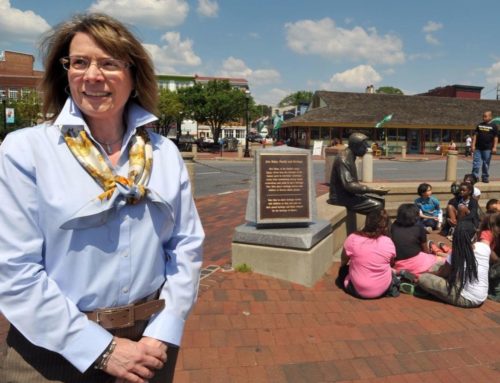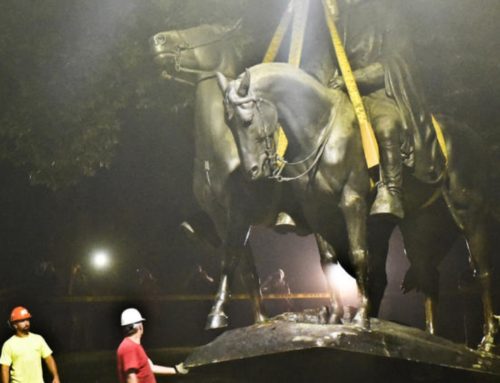New commission training sessions on ethics and defensive decision making, sustainability, and Maryland modernism, funded by a Certified Local Government (CLG) grant from the Maryland Historical Trust, are now ready. Contact Melanie Lytle if you’d like to schedule one for your commission.
Ethics and Defensible Decision Making for Historic Preservation Commissions
Following the rule of law alone is not always sufficient to ensure that a historic preservation commission’s actions are orderly, fair, and impartial, which is why policies and procedures must be underpinned by commissioners’ high ethical standards. Historic preservation commissions, as an arm of the local government, have authority to protect the community’s historic resources. Commissioners are therefore public servants who have the responsibility to act in an ethical and legal manner on the public’s behalf. It’s not always clear what may be appropriate, though, especially when it comes to some common dilemmas all public servants face related to bias, ex parte communication, and conflicts of interest. This tutorial discusses approaches and strategies for commissioners to deal with the ethical dilemmas they face as historic preservation commissioners and presents the elements of defensive decision-making, so that commissions can effectively protect their community’s historic resources.
At the end of the training module, the participants will be able to:
- Define the various ethical concerns that create legal vulnerabilities for commissioners
- Explain due process and apply the elements of a defensible decision
- Recognize, analyze, and apply ethical standards when facing pressure to be unethical
Modernism for Maryland’s Historic Preservation Commissions
In Maryland, especially in the smaller communities where mid-20th century construction is found as in-fill or on the outskirts, we often fail to appreciate our mid-century modern built environment. Yet these resources represent not only a boom time in American building and architecture, but also the stories of the generations who lived through our modern century—from the World Wars to the computer age. It is vital that we acknowledge the significance of these properties and do what we can to preserve them, or we risk making the same mistake that those who came before us did with Victorian architecture and then Art Deco-style buildings. Commissioners are often the most educated individuals in their community regarding the built environment, and it is their role to alert their historic district residents, elected officials, media, and others of the value of Maryland’s modernism.
At the end of the training module, the participants will be able to:
- summarize the mid-century built environment historic context in Maryland
- defend the preservation of mid-century resources in their communities
- actively promote preservation of the period’s resources using a variety of strategies
Sustainability for Historic Preservation Commissions
Preservation is an inherently sustainable act, especially when viewed within the broader context of social, ecological, and economic sustainability, often referred to as the “Triple Bottom Line.” Historic structures were typically designed for low-energy environments, as energy was frequently expensive and difficult to procure. The avoided impact of renovating/repurposing existing structures instead of demolition and new construction can have a significant positive environmental impact. Further, the history and density of traditional communities contributes to positive environmental and social impact.
Every decision a commission decides must be a sustainable one. If commissions do not consider sustainability when making decisions, they are undermining a fundamental principle of preservation: to protect our past and preserve our future. The subject of sustainability in the context of preservation cannot be ignored. Commission must incorporate sustainability principles into design review decisions, and actively assist historic building owners to find ways to make their properties more energy efficient. Overlooking these issues will be to everyone’s detriment – both in the loss of older buildings and in a failure to lower harmful carbon emissions overall. Preservation as a field must face this reality head-on, but how?
At the end of the training module, the participants will be able to:
- Describe commissions’ role in promoting sustainability
- Apply the four Energy-Efficiency Strategy steps to several case studies
- Develop a strategy for incorporating sustainability principles into commission decisions






